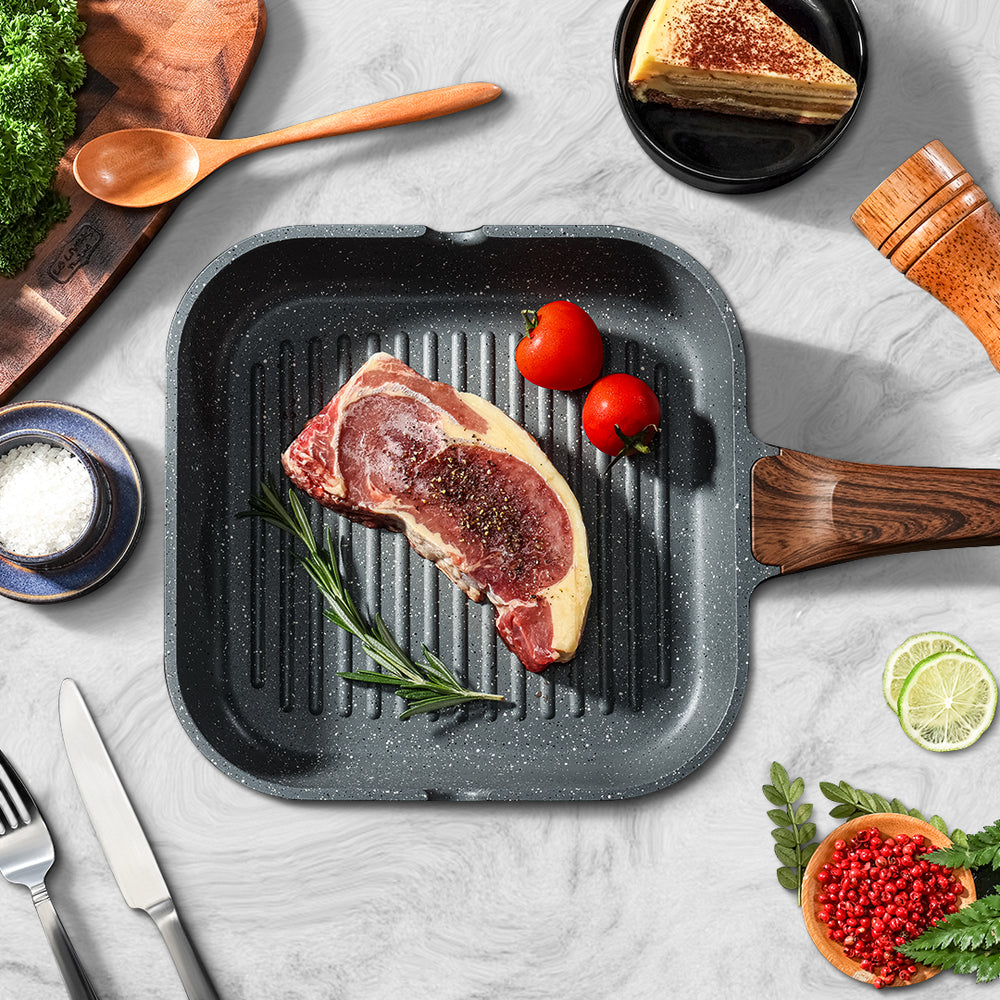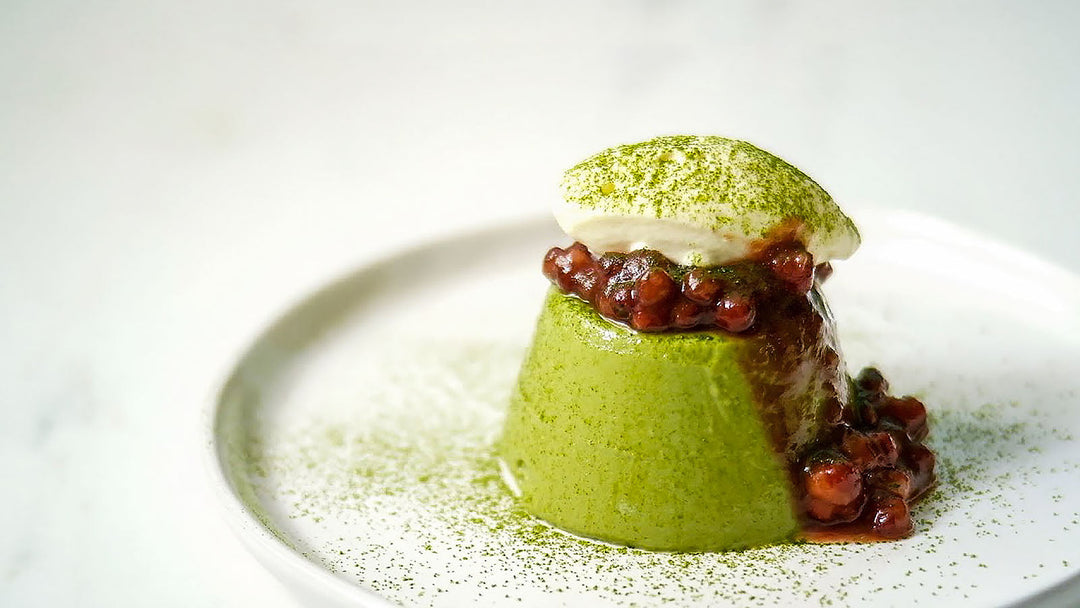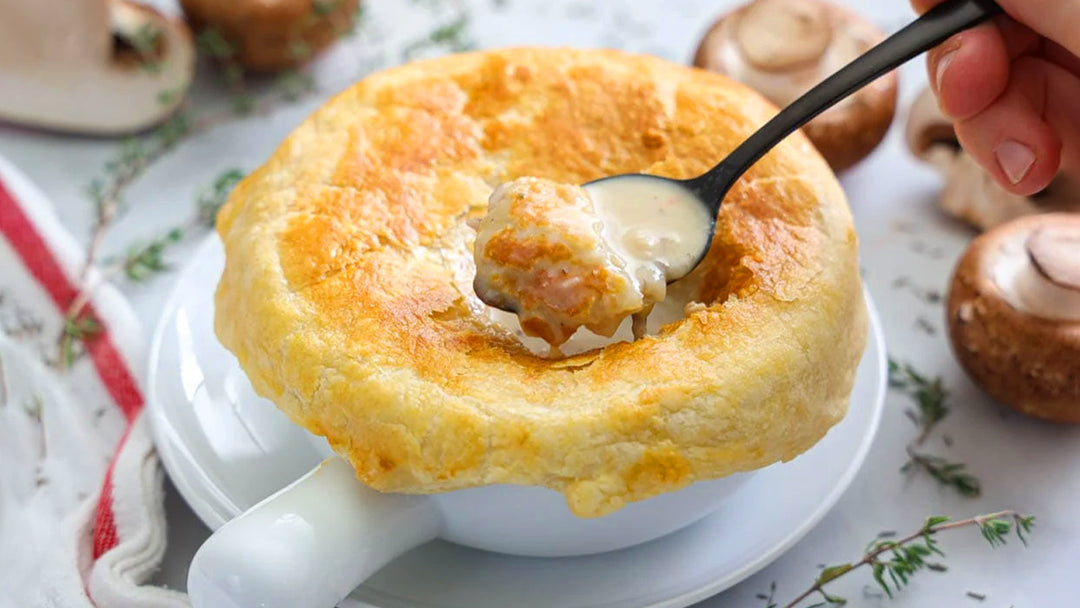Can You Recycle Nonstick Pans: A Guide to Sustainable Kitchenware

As more people embrace eco-friendly living, questions about kitchen sustainability are on the rise - especially when it comes to nonstick cookware. Many home chefs love the convenience of nonstick pans, but what happens when they wear out? Can you recycle nonstick pans? And if not, what are the best sustainable alternatives?
In this guide, we’ll explore:
- Why Nonstick Pans are Hard to Recycle
- Can You Recycle Nonstick Pans
- How to Dispose of Old Nonstick Cookware Responsibly
- Eco-Friendly Alternatives, Like SENSARTE Cookware
- Tips for Extending The Life of Your Nonstick Pans
Whether you're decluttering your kitchen or looking for greener cooking solutions, this guide will help you make informed choices.
Why Are Nonstick Pans Difficult to Recycle
Nonstick pans are popular for their convenience, but their construction makes recycling tricky. Here’s why:
1. Mixed Materials
Most nonstick cookware consists of:
- A Metal Base (Aluminum or Stainless Steel)
- A Synthetic Nonstick Coating (often PTFE, aka Teflon™)
- Additional Layers for Durability
Because these materials are bonded, separating them for recycling is complex and costly.
2. Chemical Coatings
The nonstick coating contains chemicals that can be harmful if not processed correctly. Many recycling facilities avoid them due to potential environmental risks.
3. Limited Recycling Programs
While metals like aluminum and stainless steel are widely recyclable, nonstick pans often end up in landfills because few programs accept them.
Can You Recycle Nonstick Pans
The short answer: It depends. Here’s how to determine if your pan is recyclable:
1. Check the Material
- Aluminum or Stainless Steel Base? Some recycling centers accept uncoated metal pans.
- Coated with PTFE or Ceramic? These usually cannot be recycled conventionally.
2. Contact Local Recycling Centers
- Call your municipal waste facility to ask if they accept nonstick pans.
- Some specialized e-waste or scrap metal recyclers may take them.
3. Manufacturer Take-Back Programs
- Brands like SENSARTE Cookware may offer recycling initiatives - check their website.
- Some retailers partner with cookware companies for responsible disposal.
How to Responsibly Dispose of Nonstick Pans
If your old nonstick pan is peeling or damaged, here’s how to handle it sustainably:
1. Check Local Recycling Guidelines
Some specialized facilities accept nonstick cookware. Contact your municipal waste service or search for e-waste recyclers that handle coated metals.
2. Scrap Metal Recycling
If the pan has a stainless steel or aluminum base (without coating), some scrap yards may accept it. Call ahead to confirm.
3. Manufacturer Take-Back Programs
Some brands, like SENSARTE Cookware, offer recycling initiatives or trade-in discounts for old pans. Check their website for sustainability programs.
4. Repurpose or Donate
If the pan is still usable (minor scratches but no peeling), consider donating it to a thrift store or repurposing it for crafts or gardening.
5. Last Resort: Proper Landfill Disposal
If recycling isn’t an option, wrap the pan securely before trashing it to prevent coating particles from contaminating the environment.
Eco-Friendly Alternatives to Traditional Nonstick Pans
If you’re looking for sustainable kitchen upgrades, consider these nonstick cookware alternatives:
1. Ceramic Nonstick (Like SENSARTE Cookware)
- Made with Natural Mineral-Based Coatings
- Free from PTFE and PFOA
- Recyclable in Some Programs
SENSARTE’s ceramic-coated pans are a great choice - they offer the same easy-release cooking without harmful chemicals.
2. Cast Iron
- Naturally Nonstick when Seasoned Properly
- Lasts for Generations
- Fully Recyclable
3. Stainless Steel
- Durable and Recyclable
- Works Well with Proper Preheating and Oil Use
- Ideal for High-Heat Cooking
4. Carbon Steel
- Lightweight like Stainless Steel but Develops A Natural Nonstick Patina
- Long-Lasting and Recyclable
How to Extend the Life of Your Nonstick Pans
To reduce waste, make your nonstick cookware last longer with these tips:
1. Use the Right Utensils
Avoid metal tools that scratch the coating. Opt for silicone, wood, or nylon instead.
2. Cook on Low to Medium Heat
High heat degrades nonstick coatings faster. SENSARTE nonstick pans perform best at moderate temperatures.
3. Hand Wash Gently
Dishwashers can wear down nonstick surfaces. Wash with a soft sponge and mild soap.
4. Store Properly
Avoid stacking pans without protective liners to prevent scratches.
5. Replace When Needed
If the coating is peeling, it’s time to retire the pan - ingesting flakes is unsafe.
Why Choose SENSARTE Cookware for a Greener Kitchen
If you’re switching to sustainable nonstick cookware, SENSARTE Cookware offers:
- PFOA-Free Ceramic Coatings
- Durable Construction for Long-Term Use
- Induction-Compatible Design
-
Eco-Conscious Manufacturing
By investing in high-quality pans like SENSARTE Cookware, you reduce waste and enjoy safer cooking for years.
Final Thoughts
While recycling nonstick pans is challenging, responsible disposal and sustainable alternatives make a difference. By choosing durable, eco-friendly options like SENSARTE Cookware, you can enjoy nonstick convenience without harming the planet.
What’s your favorite sustainable cookware? Share your thoughts in the comments!






Leave a comment